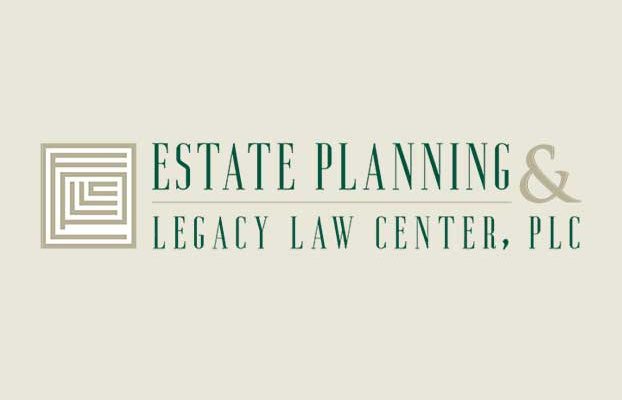

There are tax breaks to be had while you are living and those that can benefit your heirs after you have passed. Knowing which ones work at what time is key to help mitigate tax liability. While you are living, giving appreciated assets held in a taxable account is a good way to go. When you are making bequests, consider designating your IRA or tax-deferred retirement plans for the most impact. For example, if a person wants to give $10,000 to her favorite charity this year, she can donate $10,000 worth of stock that she bought for $2,000. As long as her holding period is one year or more, she'll get a full $10,000 charitable deduction, even if those shares are worth less than $10,000 on the open market. These kinds of strategies are big for retirement planning and estate planning benefits. Here's another example: a prosperous business owner has $1 million of securities: $500,000 in a taxable account and $500,000 in a traditional IRA. He wants to leave half to charity and half to a daughter who is already in a high income tax bracket because of her own successful business. If his daughter inherits the IRA, she will have to take distributions, which will be taxed highly. An alternative: leave the entire IRA to charity, which is tax exempt. The daughter inherits the $500,000 taxable account and won't owe income tax on any money she withdraws. She also won't owe any capital gains if she sells the securities in the accounts right away, before they gain more value because she gets a cost basis step-up to market value on those assets.
A look at maximizing tax breaks from charitable giving explains several strategies in Investor's Business Daily's article, "How You Can Squeeze Tax Breaks From Charitable Giving." One strategy is the Partial Payout, used to bequest all or some of an IRA. This works particularly well if the taxable account holds appreciable securities. It's best to use an IRA for donations in an estate plan, but of course every situation is different.
Consider the following scenario as an example: Ida Bass has a $500,000 traditional IRA, and she wants to leave $50,000 to charity from that IRA. The rest of the IRA is to be split evenly between her two children (Many IRA beneficiary forms require percentage allocations for multiple beneficiaries). Another way to do it would be for Ida to just leave 10% of her IRA to charity. The IRA form could designate that each of her kids will inherit 45% of the amount in the account at her death. This would leave the dollar size of her charitable bequest indefinite—potentially leaving more to the charity if the IRA grows or less if its value decreases.
Whether you implement the fixed amount or the percentage approach, problems can arise. Those who will inherit the balance of the IRA need to ensure that the charity is paid in full before September 30th of the year after the death of the donor. If you do that, those getting the balance can stretch out required distributions of the IRA balance and extend their tax deferral. However, if you miss the September 30th deadline, the taxable distributions will be accelerated. So individual beneficiaries should be aware of what they need to do if a charity also is on the form.
One other idea is to split the IRA. Bass could transfer $50,000 from her $500,000 IRA to a new IRA account, so that her favorite charity would be the beneficiary of the new IRA. That way her children won't have to worry about the charity if they want to claim the maximum tax deferral from the IRA they inherit.
Speak with an experienced estate planning attorney to learn more and to see if this strategy is right for you.
Reference: Investor's Business Daily (October 02, 2015) "How You Can Squeeze Tax Breaks From Charitable Giving"
For more information click on: www.epllc-plc.com

